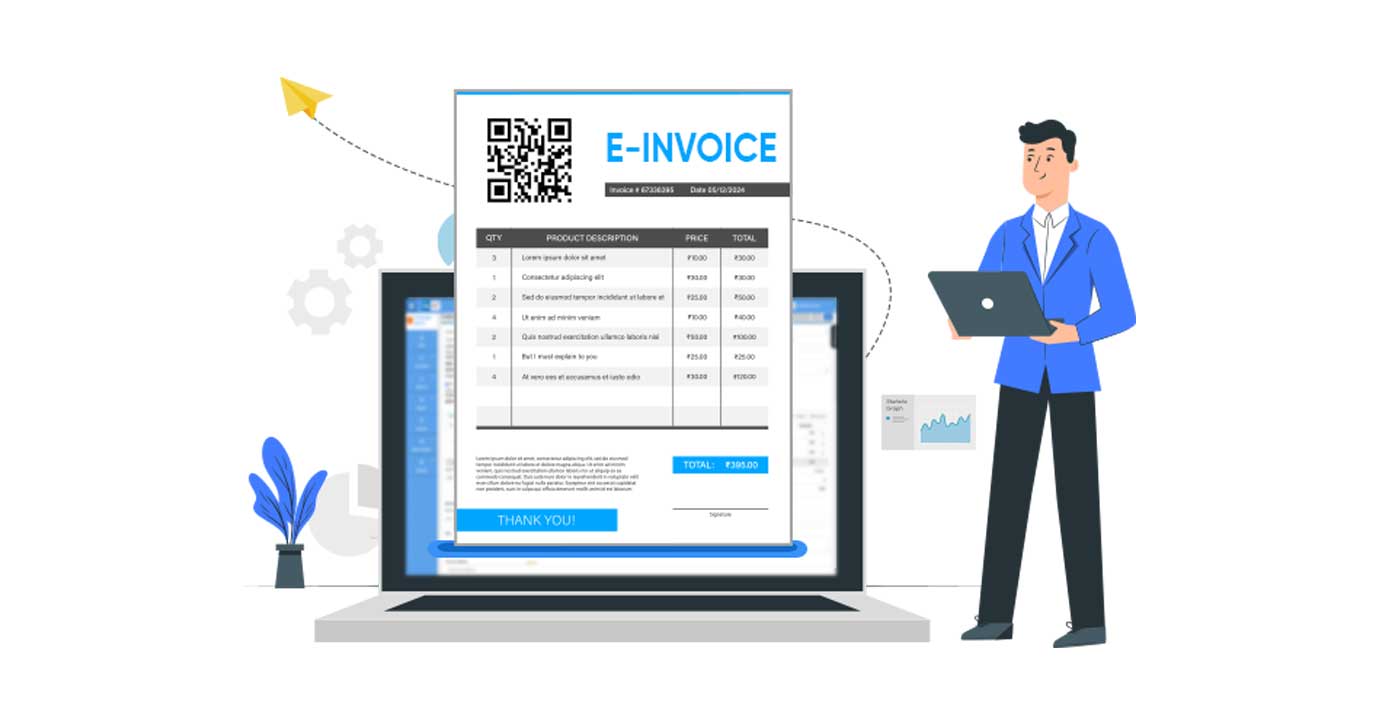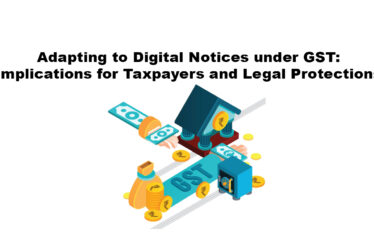Aligned to the recent communications by various government officials, e-invoicing has now been notified for companies with a turnover of Rs 100 crore and above as well. With only few more days to go, these mid-size companies would need to soon gear up their processes and IT systems to enable compliance with this new invoicing regulation.
Under the system, companies have to raise e-invoices through a unique invoice reference portal and generate the IRN (invoice reference number). Failing this, the companies concerned will not be able to move goods for business-to-business (B2B) transactions.
The government plans to throw open e-invoicing for all companies from April next year.
Currently, e-invoicing is mandatory for companies with annual turnover of at least Rs 500 crore. While it was made mandatory from October, the government had put off penalty for errant companies for at least one month.
GST e-invoice is the introduction of the digital invoice for goods and services provided by the business firm generated at the government GST portal. The concept of GST e-invoice generation system has been taken into consideration for the reduction in GST evasion.
Features of E-invoice
- E-invoice will be created by Taxpayers on their own Accounting/billing/ERP System
- The e-invoice, as prepared, will be reported on Invoice Reference Portals (IRP)
- IRP will generate a unique Invoice Reference Number (IRN) which will be attached on the e-invoice and system will digitally sign the same and return to taxpayer (supplier) as well as recipient.
- The IRP will also generate a QR code containing the unique IRN along with some important parameters of invoice like GSTIN of supplier and buyer, invoice number, date, invoice value, total tax amount and HSN code of major item.
- QR code will enable Offline verification using Mobile App.
- Multiple Invoice Reference Number Portals (IRP) to ensure uninterrupted availability.
What are the benefits of e-invoicing?
E-invoicing is here to change the tax paradigm and will be benefiting business in the following manners:
- There are prevailing gaps between data collection under GST. This e-invoicing will help plug those gaps and reduce errors.
- Moreover, stakeholders can now view these invoices instead of banking solely on the supplier’s words, which improves transparency and reduces data entry errors.
- The data input is less likely to be faulty, paving the way for genuine input tax credit and faster invoice rolls out.
- Since e-invoices are digital elements, they are easily traceable, require less time, and even less need for tax authorities’ audits or intervention since the information here is available at the transaction level.
Major Challenges of E-invoicing Under GST
- If the invoice is found not registered on the IRP, such invoice will not be considered as a valid tax invoice for all GST related matters and hence a penalty of INR. 10,000 will be incurred for each instance of non-compliance
- Transportation of goods without a valid tax invoice can be a reason for the detention of goods and vehicles and fines will be also imposed
- Customers may deny accepting and/or pay goods if a valid tax invoice is not available as this would affect the receiver’s eligibility to receive ITC benefits
- In addition, the government plans to implant a check that will prohibit the generation of an e-way bill if the IRN is absent
From the above, we can conclude that it is not just the change in the way the invoice is raised, several aspects of GST compliance are likely to change as well. Hence, employees are going to play a crucial role in e-invoicing implementation. Employees should be made aware of the changes to the ERPs and how they have to come up with the changes. Also the company should create SOP (Standard Operating Procedures), which explains the steps to be followed in the invoice generation process.





